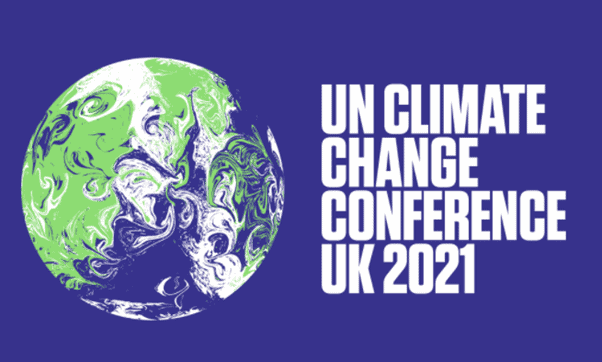At the end of this month, the 2021 United Nations Climate Change Conference (COP26) is due to take place in Glasgow on 31 October – 12 November 2021. The summit intends to encourage countries to take action to fight rising global temperatures and to take further action on the goals set out in the Paris Agreement (COP21).

Nationally Determined Contributions (NDCs) were at the core of the Paris Agreement and embodied efforts by each country to reduce national emissions and adapt to climate change. At COP26 expectations are high that the 2030 NDC contribution efforts will be doubled in order to keep 1.5 degrees within reach.
How is this going to be achieved? Key aims of COP26:
There are four targets for the COP26 conference:
- Secure global net zero by mid-century and keep 1.5 degrees within reach
- Adapt to protect communities and natural habitats
- Mobilise finance
- Work together to deliver
This will be achieved by countries accelerating their 2030 emission reduction targets, enabling and encouraging those affected by global warming to protect their ecosystems, livelihoods, and infrastructure. Furthermore, developed countries must raise $100bn in climate finance per year and collaboration with governments, businesses, and civil society is essential to deliver climate goals faster.
Parallel to the main campaign are themes focusing on different areas: energy, nature, adaption, transport, resilience, and finance. These campaigns focus on expediting the pursuit of net zero emissions by mid-century.
The COP26 Energy Transition Council (ETC) aims to bring global leadership together to accelerate energy transition and overcome the financial barrier to clean energy transition. The ETC has several schemes tackling this. One is the Powering Past Coal Alliance that is leading the calls for retiring coal power stations in a sustainable and economically inclusive way. Another is the UK and India Green Grid Initiative which builds on Indian Prime Minister Narendra Modi’s ‘One World, One Sun, One Grid’ initiative to build a global ecosystem of interconnected renewable energy sources.
What does this mean for UK renewables and planning?
We will see an increase in the number of renewable energy assets including wind, solar or even fusion as Tokamak Energy are developing. Renewable energy firms will receive increased government funding, tax relief benefits, and further resources for research and development.
Businesses are further encouraged by the ETC to scale up their clean power usage by joining the RE100 Climate Group and increasing their energy efficiency through joining the EP100 initiative.
One of the priorities of COP 26 is that climate policy should seek to reduce emissions from the built environment (both existing and new). It is known that energy companies are reliant on supply chains that they have no control over and this often limits their ability to tackle emissions effectively. This issue is likely to be addressed at COP26 and possible solutions for it which energy companies are eagerly anticipating.
With COP26 just a few weeks away the UK is at the forefront of tackling the climate agenda and industry will be monitoring for meaningful policy announcements.